
Your Request is under process, Please wait.

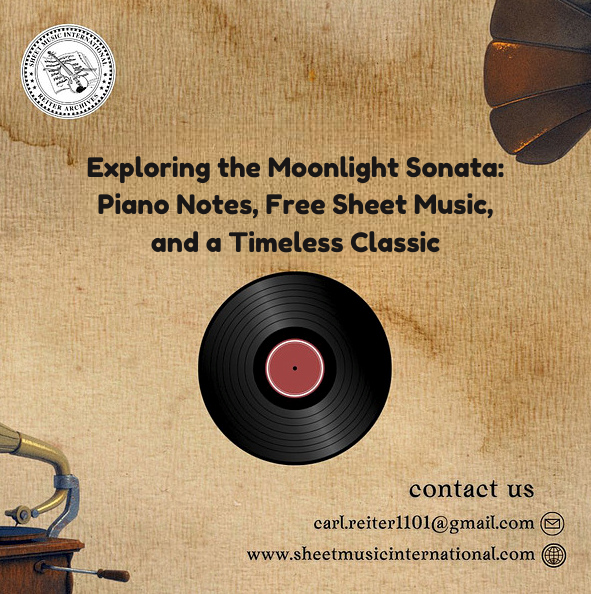
There are still quite several very beautiful works in classical music despite myriads of fragments and even though a sizeable proportion of them are praised as great, only few,
There are still quite several very beautiful works in classical music despite myriads of fragments and even though a sizeable proportion of them are praised as great, only few, if any are capable of evoking deeper crazed emotions as the relatively simple composition of L. van Beethoven: Moonlight sonata. This is also formally known as Piano Sonata No. 14 in C-sharp minor, Op. 27, No. 2, and indeed, this statement is often made about this piece. It is hard to find a passionate piano player who does not adore this sonata. It does not matter if you have acquired the skills of playing the piano or if you are just at the alphabet stage of music. The sounds of the ‘Moonlight Sonata’ piano notes should touch you at your core.
Beethoven composed the moonlight sonata around the year 1801, and he also wrote it for his 12 year old pupil, the Countess Giulietta Guicciardi. However, although in theory this piano sonata can't be called “Moonlight”, this title was for the first time used by a German music critic, Ludwig Rellstab, who in 1832 observed that 'part one of the sonata, which was composed and completed by L. van Beethoven, has a rhythm which reminds one of shining the moon over Lake Lucern, in the first two tunes of the sonata'. Thanks to such a remarkable phrase, the name “Moonlight” has been the name ever since, which has remained impressive and famous ever since.”
The first movement of the “Moonlight Sonata” is one of the few pieces in classical music that is often termed simple yet filled with emotions. The instructions from the composer were to 'sempre pianissimo e senza sordino' which translates to very soft and no dampening of the strings to achieve a more ethereal, floating feel.
The first sound of the Adagio sostenuto comprises a constructive rhythm of triplet arpeggio in the upper right hand overlapping with a single thumb melody to produce a fine yet ghost-like sound. To understand the key piano notes for the opening bars, let us look at the figure below which presents them more straightforwardly:
The right hand provides the triplet (C#-G#-E) which is constant throughout the entire movement.
The left hand plays the bass beginning with C# in octaves.
C# minor contributes to the melodic greatness of the piece by representing a dark and thoughtful atmosphere. So, as you move forward in the composition, don’t be surprised as it will create additional tensions where the left hand will support the harmony and the right hand will soothe the movements with a gentle flow of arpeggios.
As for Aeolus’ first movement, it is the best place for beginners to start since it is the first of Beethoven’s pieces which is simple in construction and has a moderate pace. The notes themselves are easy, rather what will be difficult is the dramatism and its control, so the piece could emphasize strong feelings.
Accessing classical music has become so much easier as you only need to go on the internet to find free sheet music nowadays. With some experience or starting out, you will find the sheet music for the “Moonlight Sonata” in different formats including easy arrangements for the inexperienced and full ones for more professional players.
Some popular resources for free sheet music include:
This website contains several classical recordings in the public domain. Perfect for those seeking to play a variety of popular works, including moods and pieces from Beethoven's textbook, the 'Moonlight Sonata'. It is easy to navigate and has many editions, including interlinear because there is a large selection of pirated works spanning nearly all genres.
MuseScore acts as a community for musicians where they upload their copies. It is common to see the piece’s original score and its beginner-friendly ‘Moonlight Sonata.’ It also includes other useful features such as playing along to the music sheet which makes it easier to learn.
In this site you can find free and paid sheet music for different genres. Their collection includes some pieces of Beethoven's work, featuring the ‘Moonlight Sonata,’ so it is suitable for beginners. As a result, you can have a hard copy of the score or download its soft version, which is suitable for practicing at home.
Begin your day with the breathtaking ‘Moonlight Sonata’ which you can find for free on Pianotte. This website offers a great variety of classic sheet music and their simplified versions with an easy-to-use interface that targets all types of users: beginners and advanced-level pianists.
This helps pianists of all levels study the "Moonlight Sonata" without having to pay for a sheet music purchase. Additionally, a lot of these tools include interactive functions like tempo control and the ability to play sound, which help to make practice more effective.
The ‘Moonlight Sonata’ was composed a number of decades ago, and even now it is highly appreciated and encourages many pianists to render it. This is a very cross section with emotive strength appealing to performers of all caliber. The sonata when played for the first time or after a long time will evoke different strands of mood and interpretation altogether.
The sheet music is a freely available resource, which means that those who are learning this wonderful composition for the first time will have no obstacles in understanding Beethoven’s world. The notes on the piano are quite active in the emotional layer of interpretation. One can enhance his/her technical abilities as well as work towards getting a feeling of one of the most eloquent pieces of music, ‘the Sonata’.
Thus, one could assert that Beethoven’s “Moonlight Sonata” would equally apply to the contemporary audience as it did to those who lived in 1800 or in the beginning of the 19th century. You can start this journey without fears as you have free tools and know how to play the piano spread across the web, as well as, know the hearing, touch, and understanding of the piece.
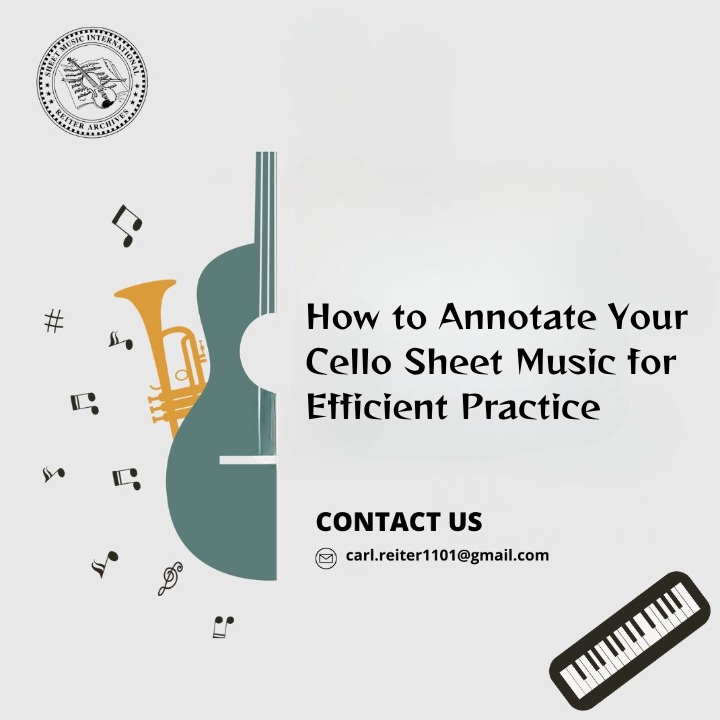

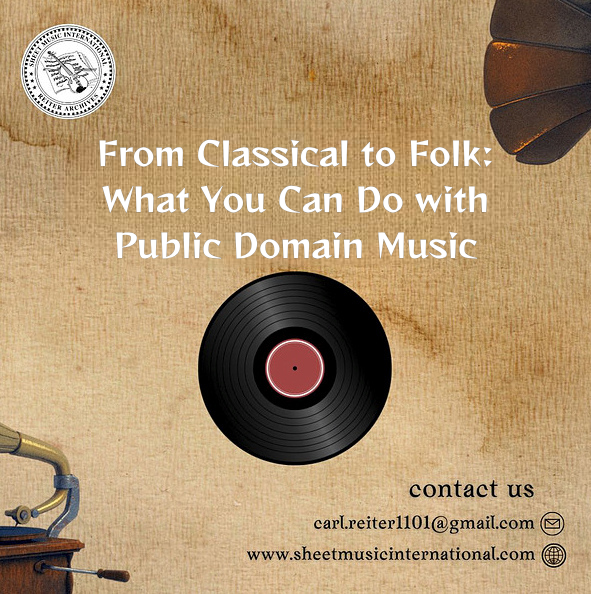
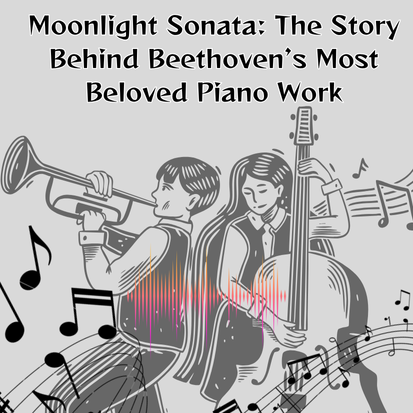
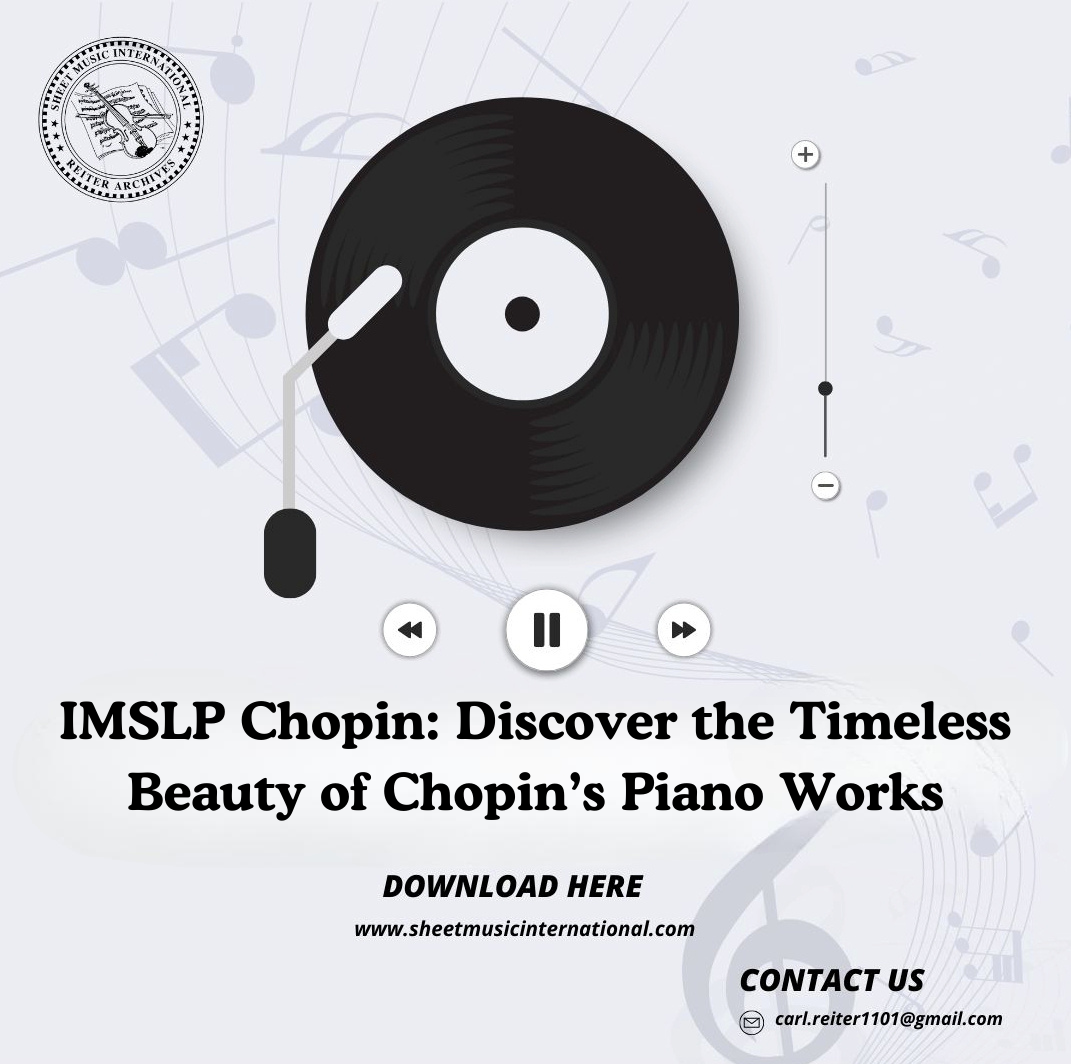


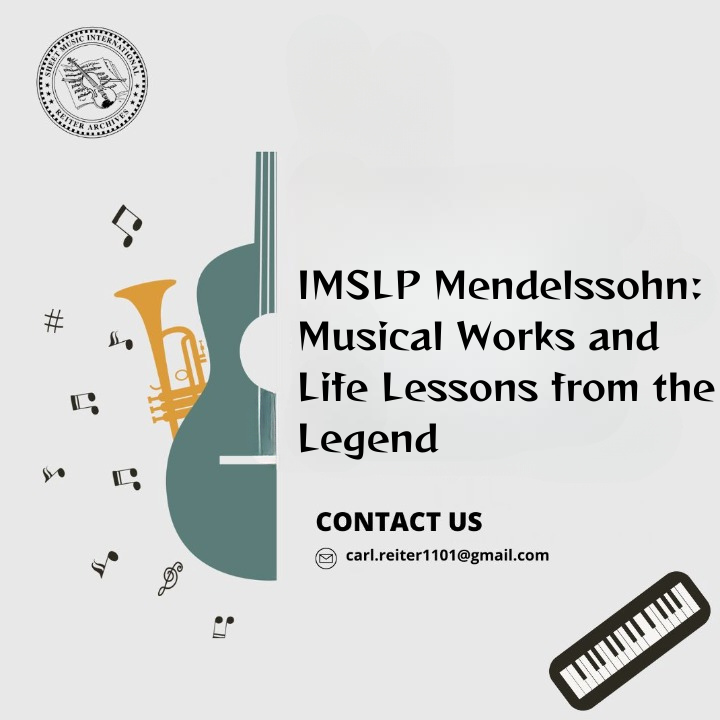
.png)